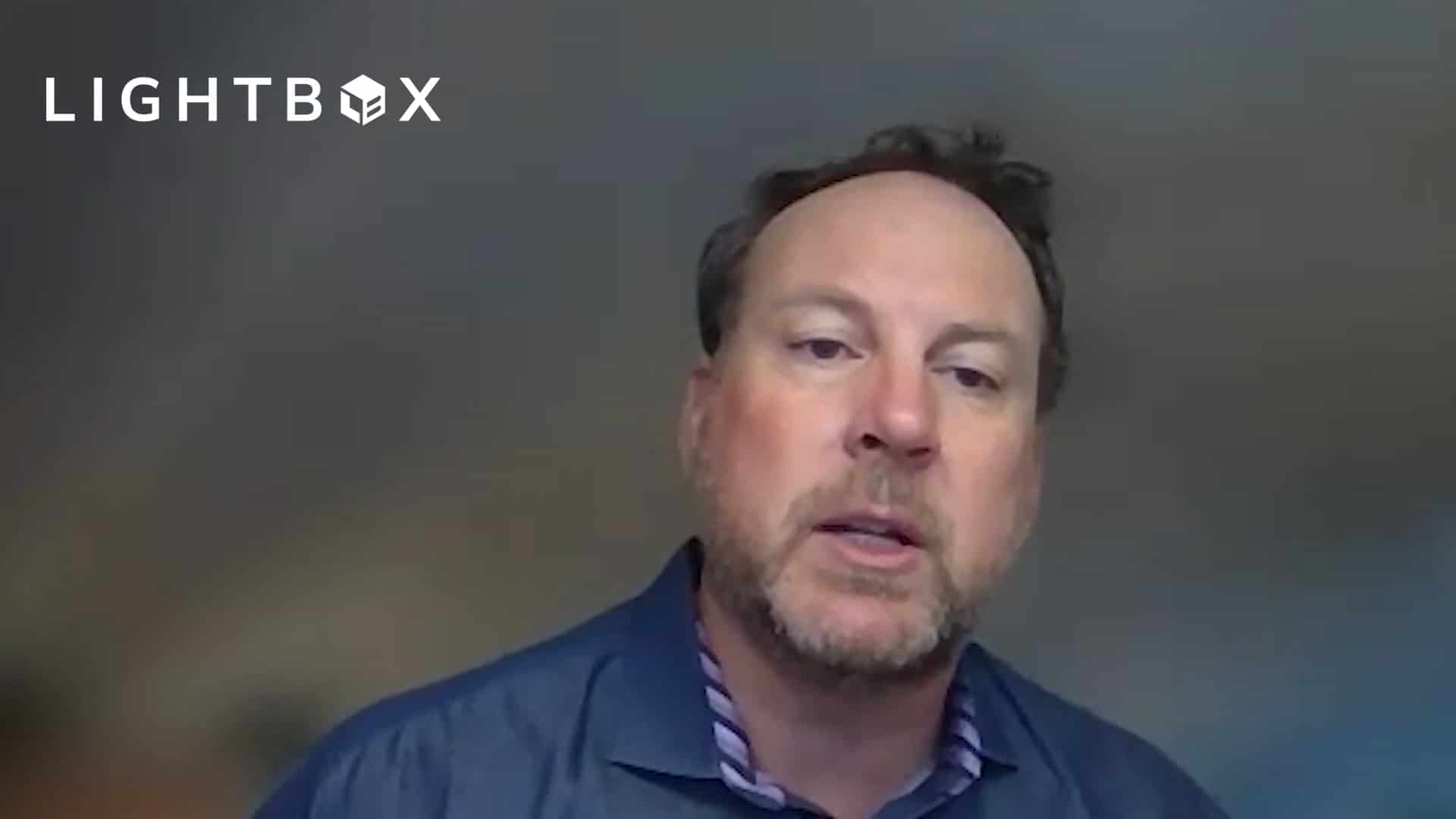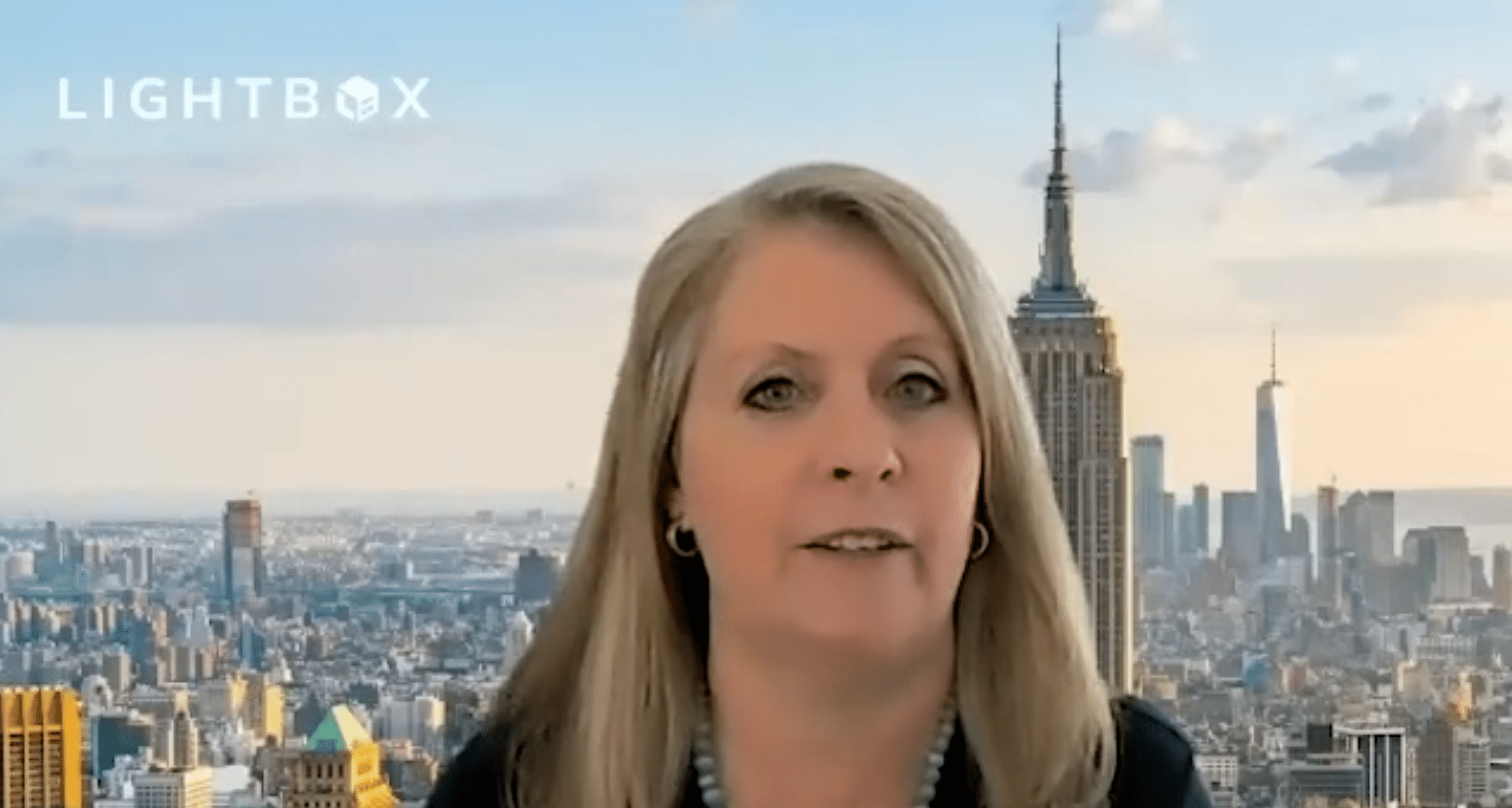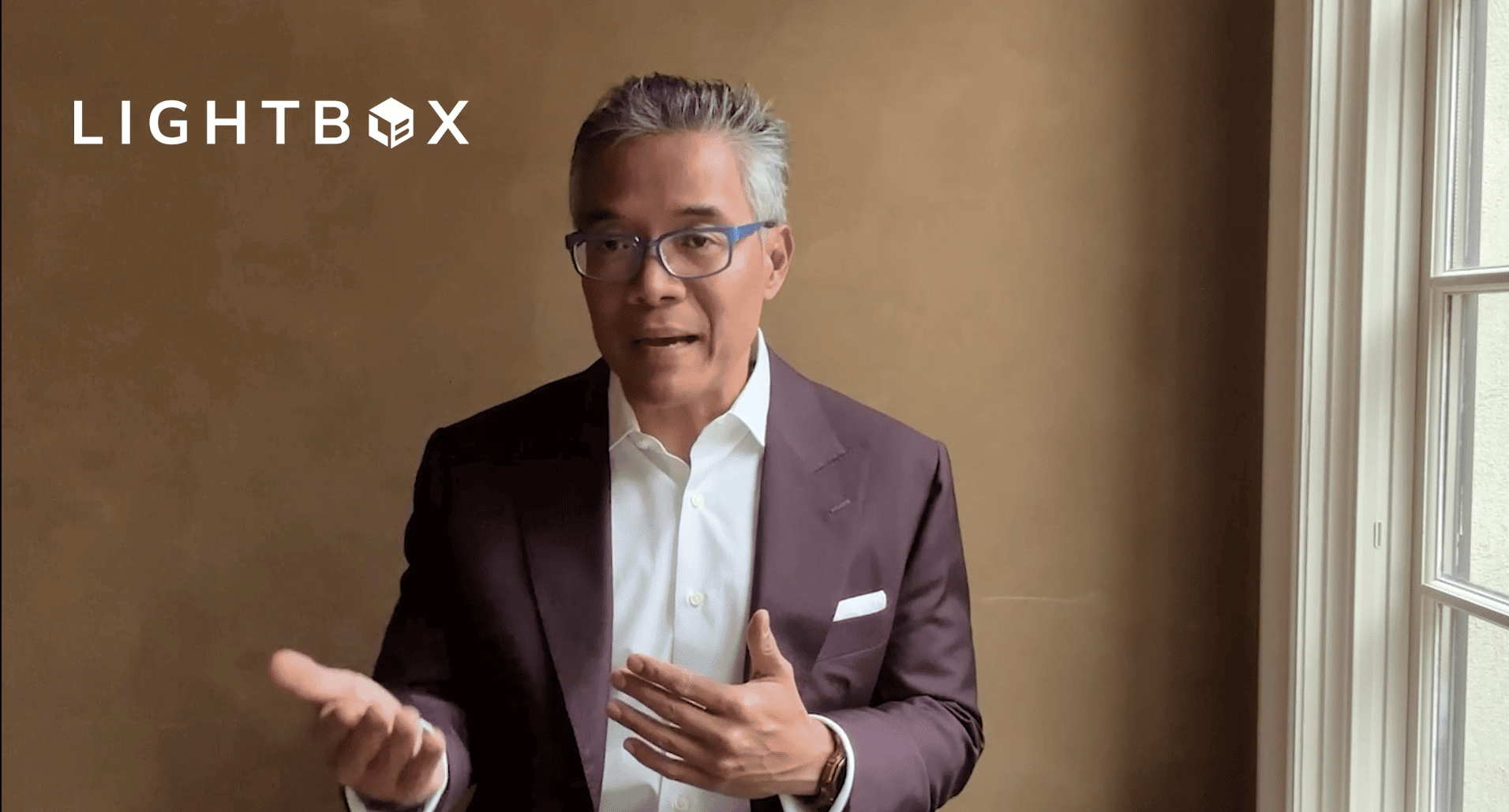
Dissecting data challenges
Companies making the biggest strides in the CRE ecosystem have figured out how to leverage data to drive…
LIGHTBOX CONNECTS
Alan Agadoni
SVP EDR Solutions
LightBox
In this episode of LightBox Connects, Dianne Crocker, Principal Analyst and Alan Agadoni, General Manager of LightBox talk about the industry's...
Dianne Crocker 0:28
Alan Agadoni 3:30
Alan Agadoni 6:40
Alan Agadoni 9:05
Dianne Crocker: Today’s topic is one that LightBox has been closely following over the past few years, and that is the industry’s ongoing adoption of the ASTM E1527-21 standard.
Dianne Crocker: I’ve been in the industry long enough to know that it’s always a big deal when a new standard practice comes out because it really has implications for the important work that EPs are doing in the field every day. So before we start, I want to just lay out a timeframe for adoption of the ASTM E-1527 standard.
Dianne Crocker: It was published in November, 2021 after years of hard work by the Task group, and after that the Federal EPA conducted its review of the new standard and March 2022 EPA issued a proposed rule that recognized the 21 standard as AAI compliance and opened up the requisite comment period. And then this past December, EPA issued its direct final rule, which responded to the public comments that came in, and it officially recognized that property purchasers could use the 21 standard to satisfy all appropriate inquiries for establishing a circular defense. They assigned an effective date of February thirteenth of this year. But what they essentially did was give a one-year grandfather class for transitioning over from the 13 standard to 21, so as of February thirteenth, 2024, the 13 standard will no longer be recognized by EPA as an avenue for satisfying all appropriate and create.
Dianne Crocker: Our last survey of environmental consultants was in September of last year, and at that time the results showed that while 31% were following the new standard exclusively. There were still 28% who are waiting for EPA to recognize the new standard as an avenue for AAI compliance under surplus.
Dianne Crocker: So that’s also what we heard at our November webinar, with Phase I report reviewers, the reports they were saying, were either a Max. Some had already adapted fully to the new standard, and their reports referenced it. Others were referencing both standards and still others were referencing a later 13 version.
Dianne Crocker: Which brings me to today’s topic. We’re kind of about this in between place and its transition, and in the context of the timeframe, the EPA laid out, which I just summarized the decisions that consultants are making, about which standard their reports are conducted in compliance with, have implications that we think are worth bringing to the surface. So I’m fortunate to be here with my colleague, Alan Agadoni, who, prior to coming on board at LightBox, was an EP out of Atlanta. So he’s seen a share of transitions to new ASTM standards.
Dianne Crocker: So, Alan, thank you for being here, and let me start by asking you to think back to your past life as a consultant where you managed a large ESA practice. You have responsibility for hundreds of assessors who were conducting thousands of Phase I ESA reports annually. So you know what was your mindset on adopting the most current standard? And you know, did you adopt early? Did you wait for the majority to adopt it? Or did you wait until the old standard was essentially no longer considered? Best practice?
Alan Agadoni: Good question, Dianne. Thanks. It’s been many generations of the ASTM standard for me, and putting aside the differences between each of those revisions, I think there was some common factors there that I had to balance, and that was mostly involving the potential risk of using the prior standard versus the newly revised standard, especially during this kind of timeframe, where we’re kind of in a transition period. The main factors I had in my mindset where market is in acceptance. Were clients ready? Were clients informed they care, getting it a gauge on that, and then also making sure that operationally, my team and my company were ready to go, and then it was kind of a balancing act of doing it as soon as possible. Once I was prepared.
Alan Agadoni: Like you said, I totally understand the reluctance of some people to adopt a new standard immediately upon its publishing. But it’s been over a year now, and I understand there’s a lot to do each time.
Alan Agadoni: You got to educate yourself and your team and your clients on what the revisions are, how they might impact the reports that they receive, and those kinds of things how to implement and do the best job with the new standard. You’ve got to update your report templates, and in my case we had many templates to update for different types of Phase Is and different types of clients. So there was that. And one thing that gets forgotten a lot is, you also have to update your contracts and proposals, because, you know, the scope of work has changed. The terminology has changed. There might be contract provisions and things that you have now brought into your practice, and want to make active periodically.
Alan Agadoni: So I think it’s important also, that your templates, be they reports, contracts or proposals. All basically say the same thing. That’s a very important thing down the road. And to help make a successful project.
Alan Agadoni: The final thing, I think I focused on most was the potential changes to workflow costs associated with it. If there were some timing issues, how fast it was this going to take? And was there any significant things to think about there? And, you know, example would be like doing additional historical research if that was, if that was something that the new standard pointed out and emphasized. Then that was something I would have to make sure operation that we were prepared to do and to do it well.
Dianne Crocker: Perfect. That’s great. There are a lot of steps, involved, Alan, and transitioning over. Let’s just shift direction here. If you were sitting in front of an EP today at a firm who was waiting until the 13 Standard is no longer recognized by EPA, which, as I said in my intro, could be as far into the future as next February thirteenth. You know what are you saying to them about the implications of waiting to fully commit. And you know really, how long can I keep calling on November 2021 standard new?
Alan Agadoni: Right. Here’s my thought on that, assuming you are prepared. This is I’m talking to the EP right now, assuming you are prepared, I strongly suggest you make the transition as soon as possible at this point, to avoid some potentially huge risks for your business.
Alan Agadoni: You know, for all things that need to be done, keep in mind that while it’s certainly legal and okay to use 13. And so there is this: this allowable grandfathering period from the EPA to help people adjust, and to make the decisions that are best for them. Because this is a voluntary business. After all, you and your clients might not even care. Some of them might not think about what happens if something goes wrong at this point with a report, maybe a mistake is made. There’s an oversight, or there’s a dispute between the parties to the transaction over finding and conclusion.
Alan Agadoni: Even something, you might think, is totally beyond your control. But if your client is unhappy and suffers a significant financial setback to a deal, then you, you may find yourself and your company in a very difficult position at this point. If you’re using 13 when things like this happen, it’s often too late to go back and fix it. And if there’s an arbitration or a lawsuit, every prior choice that you made will be examined, and not just for that report, but also whether or not you trained your team to properly use the industry standard.
Alan Agadoni: Which is now the best practice. E1527-21 it’s a very steep uphill battle to argue at this point, that it was you didn’t have enough time. You know proper work, proper education, materials, or things like that to prepare yourself.
Alan Agadoni: In worst case. If there’s an error or a mission, and related to a failure to follow the updated practice in 21, you’ll be in a very hard to defend position, regardless of all the things that you might have done right per 13.
Alan Agadoni: You will also be asked questions as to whether you suggested the 21 scope to your client. And why you didn’t, and it goes on and on. So there’s just a lot of compelling reasons there. So my conclusion, and what I would tell them is, if you’re all set with 21, and that’s great. Go for it, use it. Don’t look back.
Alan Agadoni: If not, please let us help you get started now, because we have articles, webinars, educational resources, a 21 optimized parcel, ESA report template, and we have designed products like our new 1980 Green Search product that will help you comply with 21 in a cost effective way. So if you have any questions, contact your representative and or me, we’re happy to help.
Dianne Crocker: Perfect thanks, Alan. So when we did the last survey in September, when only 28 we’re using it exclusively. It’ll be interesting to see how that percentage rises over the coming years. We reach back out to Eps. So thank you for being here and sharing your insight into how complex it is for firms to transition over, and the implications of being an early adopter versus waiting.

Companies making the biggest strides in the CRE ecosystem have figured out how to leverage data to drive…

In this episode, Dianne Crocker from LightBox sheds light on investor sentiment and cracks in the foundation of…

Hear from leading expert, Victor Calanog, as he reads the economic tea leaves and share his thoughts on…
Fill out the form below and a member of our Sales Team will contact you shortly.